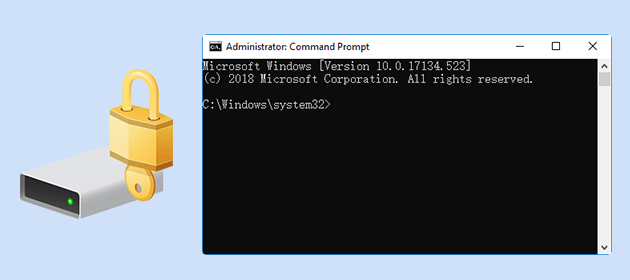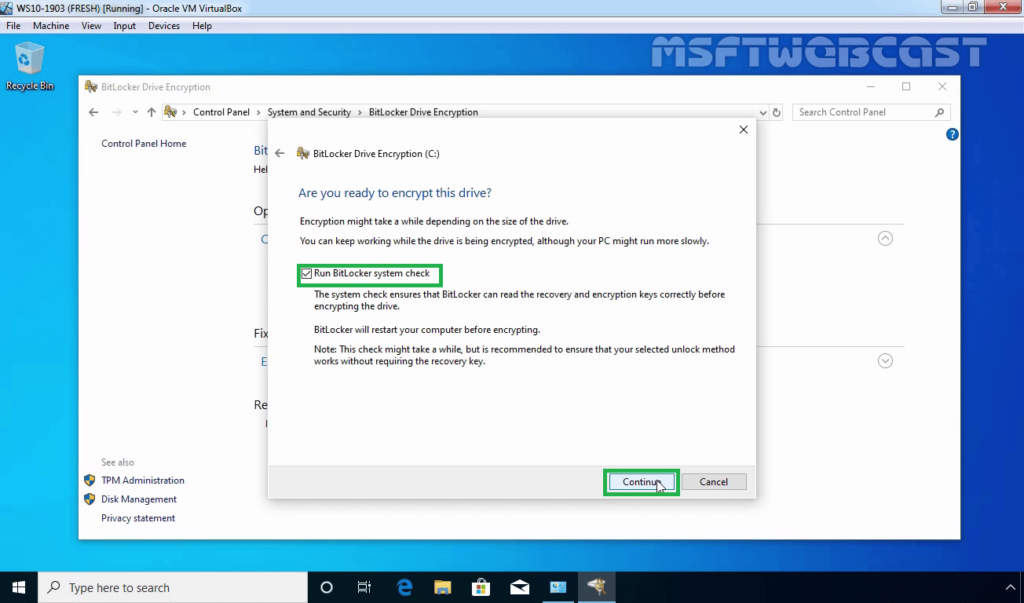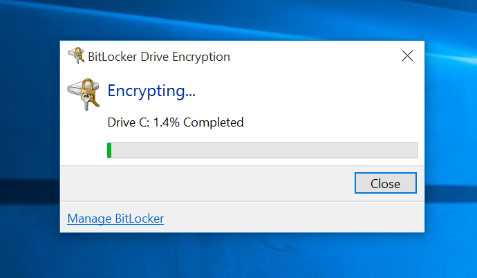
- #Bitlocker on the go hardware encryption how to#
- #Bitlocker on the go hardware encryption full#
- #Bitlocker on the go hardware encryption windows 10#
Turn off BitLocker: Decrypts all the files on the drive. You can remove a password only when you configure a new method of authentication. Remove password: You cannot use BitLocker without a form of authentication. Change password: Creates a new encryption password, but you will still need to supply the current password to make the change. Back up your recovery key: If you lose the recovery key and are still signed into your account, you can use this option to create a new backup of the key with the options mentioned in Step 6. If you don't resume the encryption protection, BitLocker will resume automatically during the next reboot. Typically, you would use this option when upgrading to a new version of Windows 10, firmware, or hardware. Suspend protection: This option will stop protecting your files. Once the drive encryption is enabled, several options will become available, including: 
Depending on the option you selected and the size of the drive, this process can take a long time, but you can continue to work on the computer.Īfter the encryption process is complete, the drive will include a lock icon, and the label will read BitLocker on. Source: Windows Central (Image credit: Source: Windows Central)Īfter you complete the steps, the device will restart, BitLocker will enable, and you will not be prompted to enter a decryption password to continue starting Windows 10.Īlthough the device will boot quite fast, on Control Panel > System and Security > BitLocker Drive Encryption, you will notice that BitLocker is still encrypting the drive.

Quick note: The TPM version must be version 1.2 or later to support BitLocker. Confirm the item that reads "Trusted Platform Module" with the version number.Search for Device Manager and click the top result to open the app.To check if a computer has TPM on Windows 10, use these steps:
#Bitlocker on the go hardware encryption how to#
How to check if device has TPM support to use BitLocker
#Bitlocker on the go hardware encryption full#
It's always recommended that you make a full backup of your system before proceeding with this guide.
Keep the computer connected with an uninterrupted power supply (UPS) throughout the entire process.Īlthough BitLocker does a good job securing your data, any system change carries its risks. The encryption process is not complicated, but it can take a lot of time, depending on the drive's amount of data and size. Also, the hard drive partitions must be formatted with the NTFS file system. If the device does not meet the requirements, BitLocker will create them automatically. #Bitlocker on the go hardware encryption windows 10#
Computer's hard drive must have two partitions, including a system partition with the necessary files to start the system and a partition with the Windows 10 installation. If the feature isn't available, check the computer manufacturer for the Basic Input Output System (BIOS) or Unified Extensible Firmware Interface (UEFI) update. Computer firmware must support TPM or USB devices during startup. 
BitLocker is available without TPM by using software-based encryption, but it requires some extra steps for additional authentication. This is a special chip that enables the device to support advanced security features. Trusted Platform Module (TPM) chip is needed for the best result. Windows 10 Home edition has its version of BitLocker on select devices. BitLocker Drive Encryption is available on Windows 10 Pro and Enterprise.







 0 kommentar(er)
0 kommentar(er)
